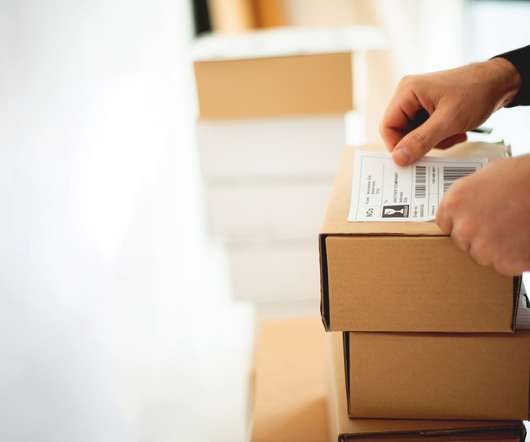Driver Shortage, Driverless Vehicles, and Other Supply Chain Curiosities
Logistics Viewpoints
JULY 27, 2021
Driver shortages have become even more of a reality in the supply chain industry for a number of reasons, chief among them being the sharp rise in demand. But the industry is watching as the technology opens new opportunities for safety, savings and speed long-haul, raising curiosity on the strength of a compelling business case.
















Let's personalize your content